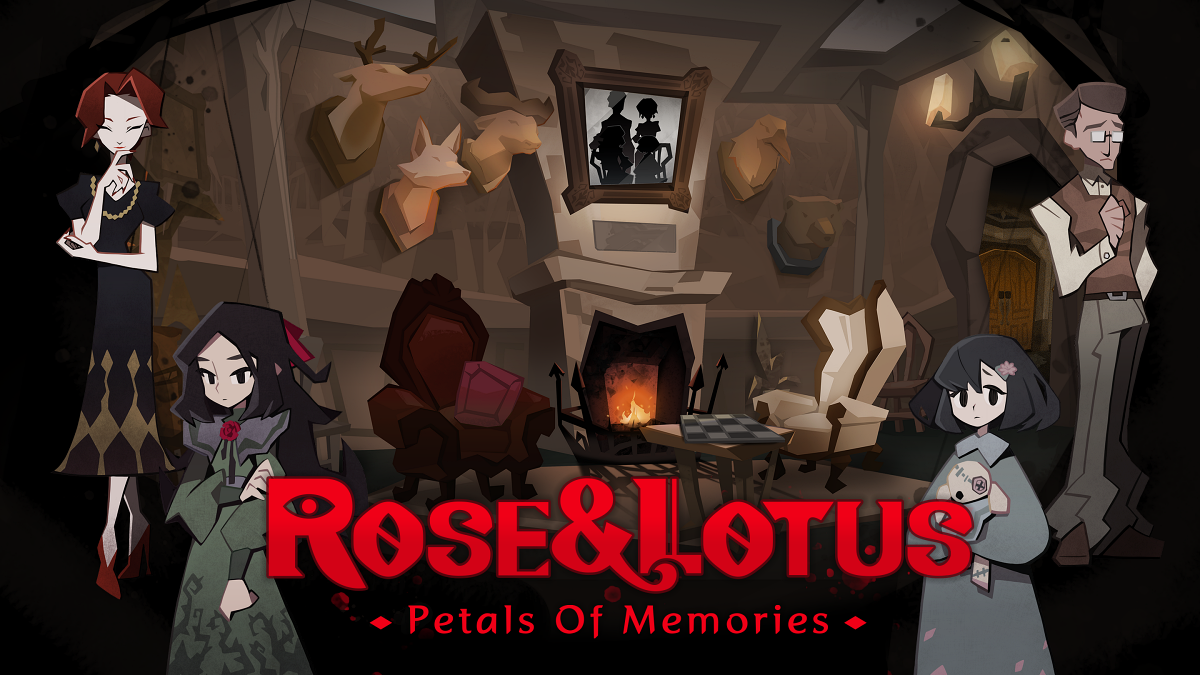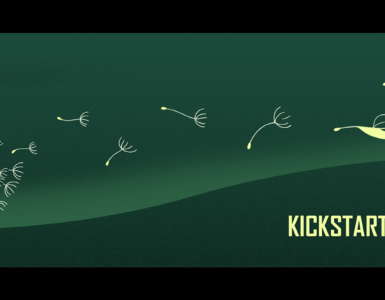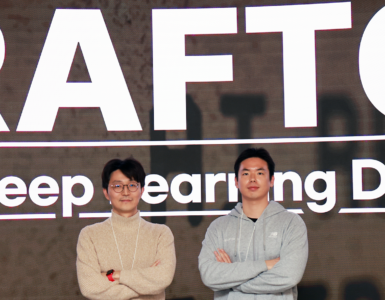5minlab, an independent studio owned by KRAFTON, has recently launched their new escape-room style PC game ‘Rose and Lotus: Petals of Memories’ on the 29th. ‘Rose and Lotus: Petals of Memories’ is 5minlab’s reinterpretation of a classic Korean fairy tale, ‘Rose and Lotus.’ A player becomes the main character of the story, ‘Janghwa,’ and solves the puzzles hidden throughout a sprawling mansion to unravel the truth and escape the mansion with the younger sister, ‘Hongryeon.’ In today’s KRAFTON blog post, we are going to have a chat with Sein Kim, the director of the game, to hear about the diverse behind-the-scene stories and the charms of the game that the players can look forward to.

Please introduce yourself to the KRAFTON blog readers.
Hello. My name is Sein Kim, and I’m the director of ‘Rose and Lotus: Petals of Memories’ at 5minlab.

Can you tell us about ‘Rose and Lotus: Petals of Memories’?
‘Rose and Lotus: Petals of Memories’ is a point-and-click puzzle game that reinterprets the Korean fairy tale ‘Rose and Lotus.’ You can think of it as an escape room game that you play with a mouse. Players become the older sister, ‘Janghwa,’ and solve puzzles with clues hidden around the mansion to eventually escape the mansion with the younger sister, ‘Hongryeon.’ Alongside the engaging puzzles, the relationships and stories of individual characters are well woven into the main storyline, so I expect you will be able to enjoy a variety of fun.
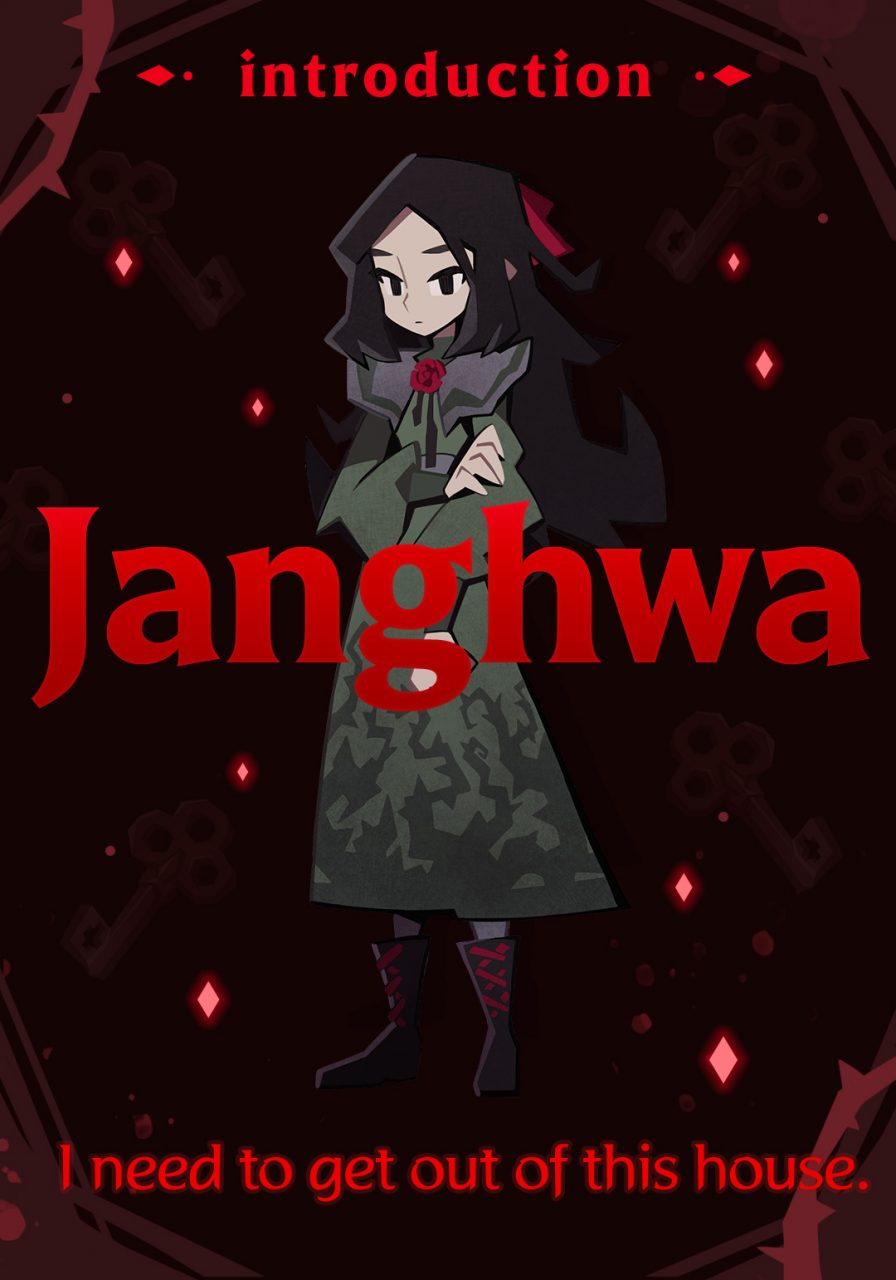
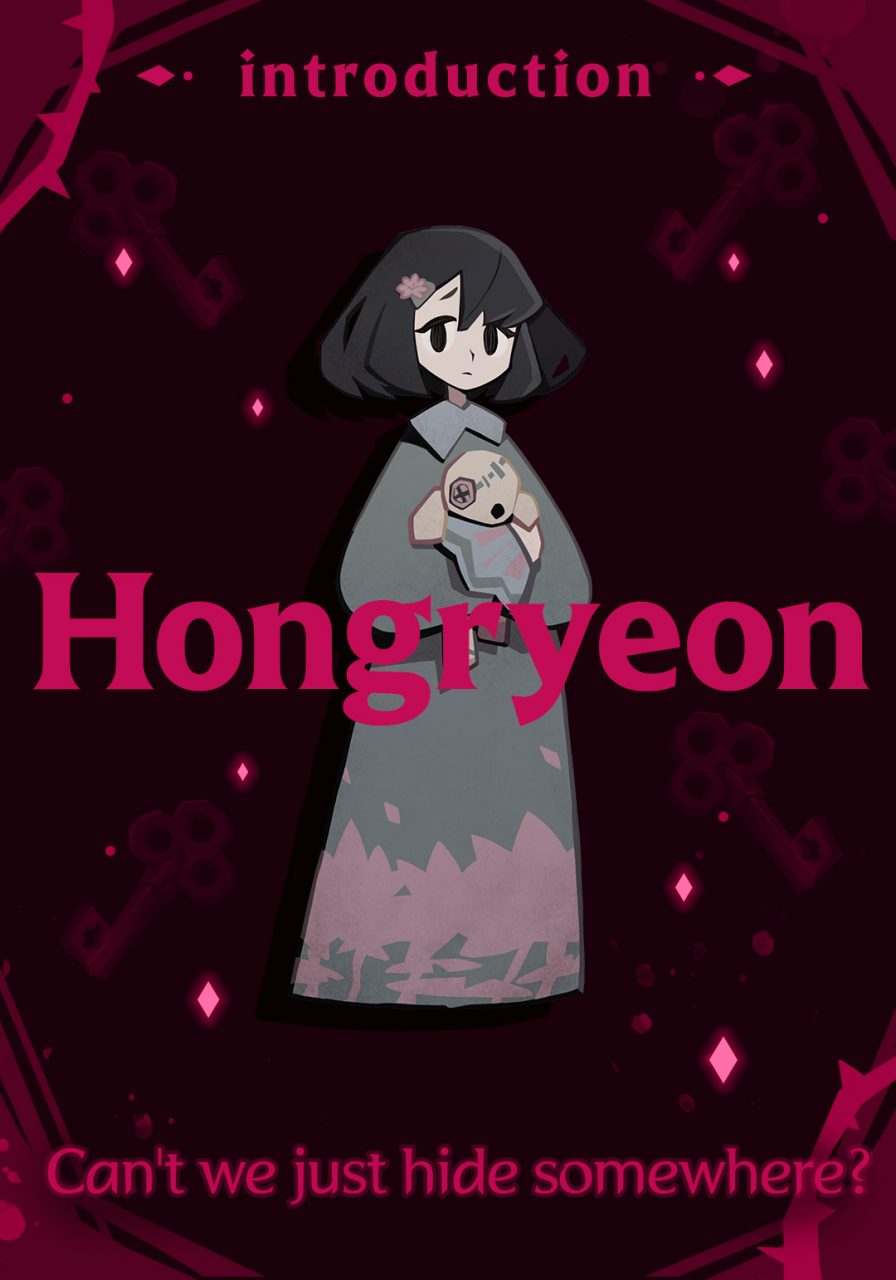
Can you introduce the main characters and their roles in the game?
The main characters are the sisters, ‘Janghwa’ and ‘Hongryeon,’ their father ‘Mu-ryong Bae,’ and their stepmother ‘Ms. Heo.’ The sisters explore the mansion under Janghwa’s guidance, and Hongryeon, though terrified, trusts her older sister and stays with her to the end. The father is a character who used to be affectionate but is now distancing himself from the sisters, assuming a bystander role for some unknown reasons. Ms. Heo, on the other hand, is a character with many hidden secrets and an unknown background.
As the game begins, Janghwa wakes up with memory loss, completely unaware of her current situation. However, she must regain her memories and escape from the clutches of her stepmother, with the help of Hongryeon.
What inspired you to make this game?
Before we started to make the game in earnest, we created the 1st puzzle demo build and conducted an internal user test for 1 month, and the feedback was quite positive. Even though the demo only included 20~30 minutes’ worth of puzzles due to the lack of characters and stories at that time, it was quite playable, and we thought that we could create a quality game if we can combine good planning and artwork.
Where did you get the idea for ‘Rose and Lotus: Petals of Memories’?
I often imagine what it would be like to create a game with an interesting story when I see one. 5minlab has already been serving a game called ‘Smash Legends’ based on fairy tales, so I thought that it would be fun to create another game inspired by a fairy tale.
The movie ‘A Tale of Two Sisters,’ which I’ve always loved and is also inspired by ‘Rose and Lotus,’ also had a significant influence on me, and I wanted to incorporate its beautiful mise-en-scene and unique plot twist into our game.
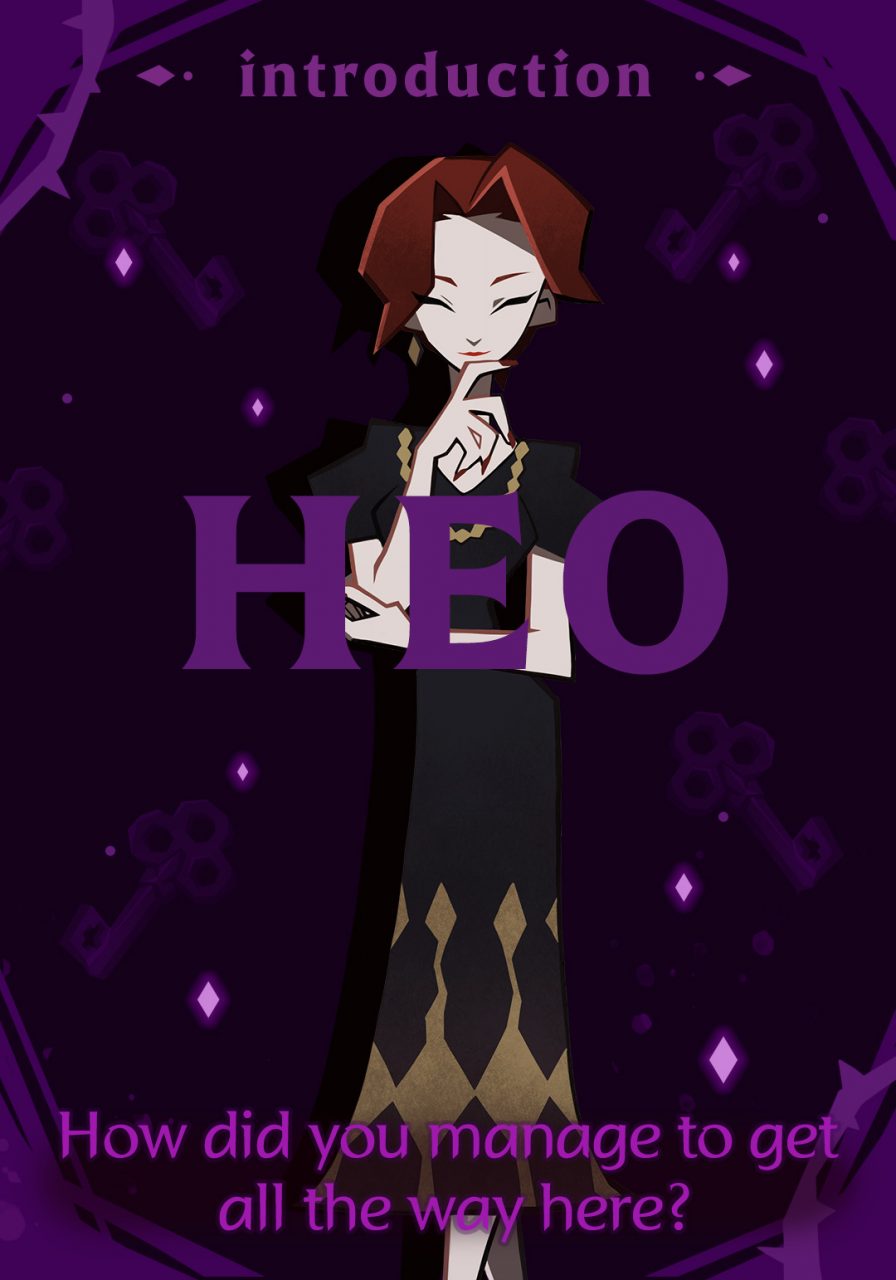
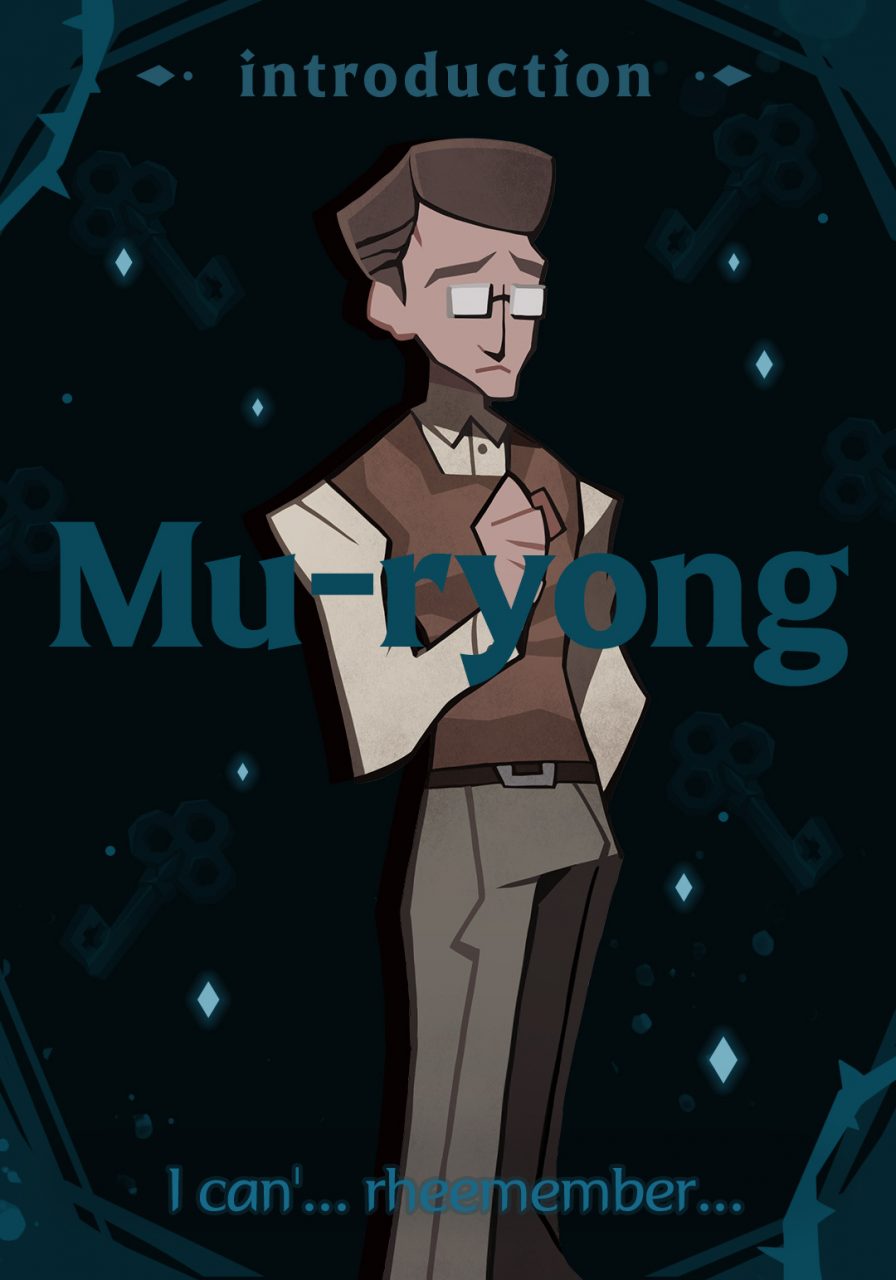
The movie ‘A Tale of Two Sisters’, directed by Kim Jee Woon, was first released in 2003, so this year is its 20th anniversary then. Many people associate ‘Rose and Lotus’ with the horror genre, not only because of the original fairy tale but also because of the movie. Do you think there are also expectations for horror in 5minlab’s ‘Rose and Lotus: Petals of Memories’?
In fact, we’ve noticed that many users are expecting horror scenes or storylines. However, our game leans more towards the mystery genre rather than horror, so I’m afraid it might be a little disappointing for those who expected a scary development. Although it’s not the horror game you were anticipating, the game is interesting enough and worth collecting, so I believe you will be satisfied when you play it.
What are the elements that differentiate your game from other escape room games?
I think the biggest differentiators are that the game is based on a fairy tale and that there are characters and stories. The game seamlessly follows the narrative of the original fairy tale, with puzzle-solving directly tied to progressing the story. This natural development ensures an immersive experience without any hindrances, which is a significant advantage.
What was the most important element of the game that you wanted to emphasize?
I wanted to create a game that strikes a good balance between the story, puzzle, and art. I thought, rather than having one element drive the whole game, having all elements in harmony can provide a more immersive, high-quality experience.
FIND MORE ABOUT THE GAME ON STEAM
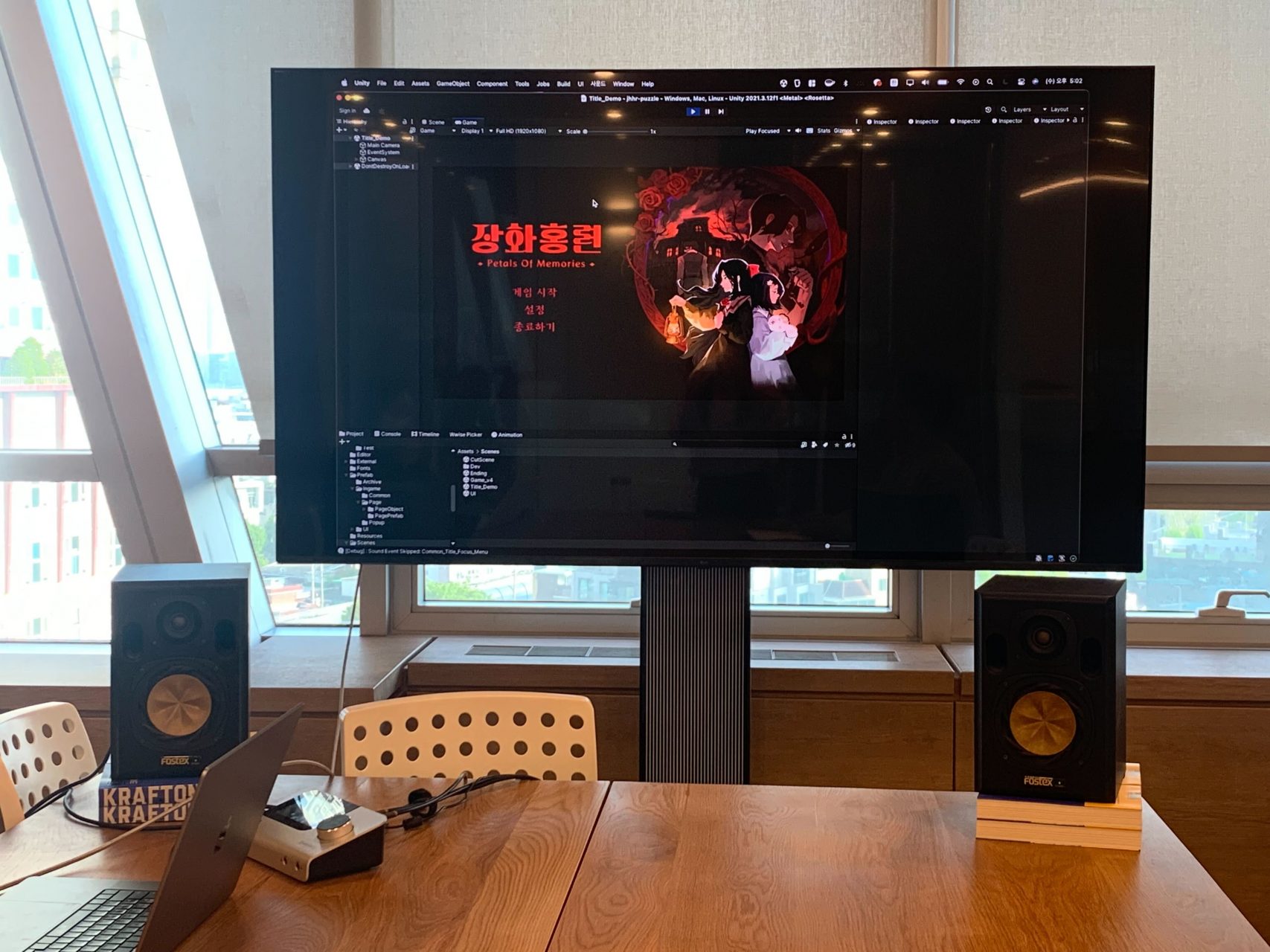
It seemed that the music fits well with the atmosphere of the game. Can you tell us about the production process of the background music?
We communicated very closely with the sound team from the very early stages of development. Our sound team was also very active in sharing ideas and suggestions. We have a script that contains the entire scenario of the game, and the teams shared this document to synchronize our understanding of the game and ensure consistency.
We initially created sound samples with art dummy assets, and as the game started to take on its color and atmosphere, we gave the right color to the music and started to complete it.
We strived to incorporate the structure of the story into the flow of music too and brainstormed on how we can provide a more immersive experience for players. In particular, we paid particular attention to spatial and environmental sounds to ensure the players feel as if they are actually moving between rooms and don’t get bored even if they stay in the same room for a long while. We also conducted quarterly sound reviews to check on the results and refine them if needed.

I felt that the art was different from other casual games. What were the aspects that you paid extra attention to?
We tried to find a new art style that didn’t exist before. We had a lot of discussions about the direction of art with our art director, and created various references and drafts to find the feeling that suits the game best. When a draft with a good feel came out, we developed it, tried various color moods on it, and repeated the process to complete the result we have now.
We wanted the representative space of each floor and character to have different colors and moods, and wanted to give the players an experience of immersing deeply into each character’s world. So we set the representative color for each character, and designed their clothes, room, and relevant objects in a similar tone and manner.
In fact, point-and-click games can be stressful for users in many aspects, so we tried hard to visually alleviate such pain.
What was the most challenging part of the development process?
During the initial stages, we had a tough time determining the suitable difficulty level for the puzzles. Puzzles we assumed would be straightforward for players occasionally turned out to be challenging for them, whereas some intentionally complicated puzzles were solved with ease. We created 3 builds during the development period, and conducted face-to-face user tests each time. We spent the most time observing how users approach the answers and what they struggle with, gaining insights from the observations, and finalizing the general criteria of puzzle production.

You mentioned that you conducted face-to-face user tests for each of the 3 builds. Do you have any memorable episodes to share?
One memory that stands out is the user test we conducted after completing the 3rd build. The 3rd build contained everything from the beginning to the end of the game, and we didn’t have a sense of the appropriate game volume by then, so the playtime was around 3 hours. In hindsight, we should’ve reduced the game’s volume or divided the test to manage the time better, but unfortunately, our early-stage testers ended up playing for over 2 hours straight. It was a tiring experience for everyone involved. We can laugh about it now, but at that time, we were really sorry.
You conducted crowdfunding in Tumblbug, how did it go?
Despite the tight schedule for the funding preparation and the challenges balancing it with the game development, I’m thrilled to say that the result was successful. We closed our funding on June 23, with a total of 909 people supporting us. We are so grateful that so many people are interested in our game and left many messages with high expectations, and this reinforced our commitment to successfully complete the game development (laughs). The huge support from those who pre-ordered has been a powerful motivator for us, and we are dedicated to delivering high-quality merchandized goods to reward their trust in us and meet their expectations.
Do you have any last comments for this interview?
This is a project that we worked on with the team for a year, and I have a special affection for it. I hope you enjoy playing it! Thank you. Thank you.


